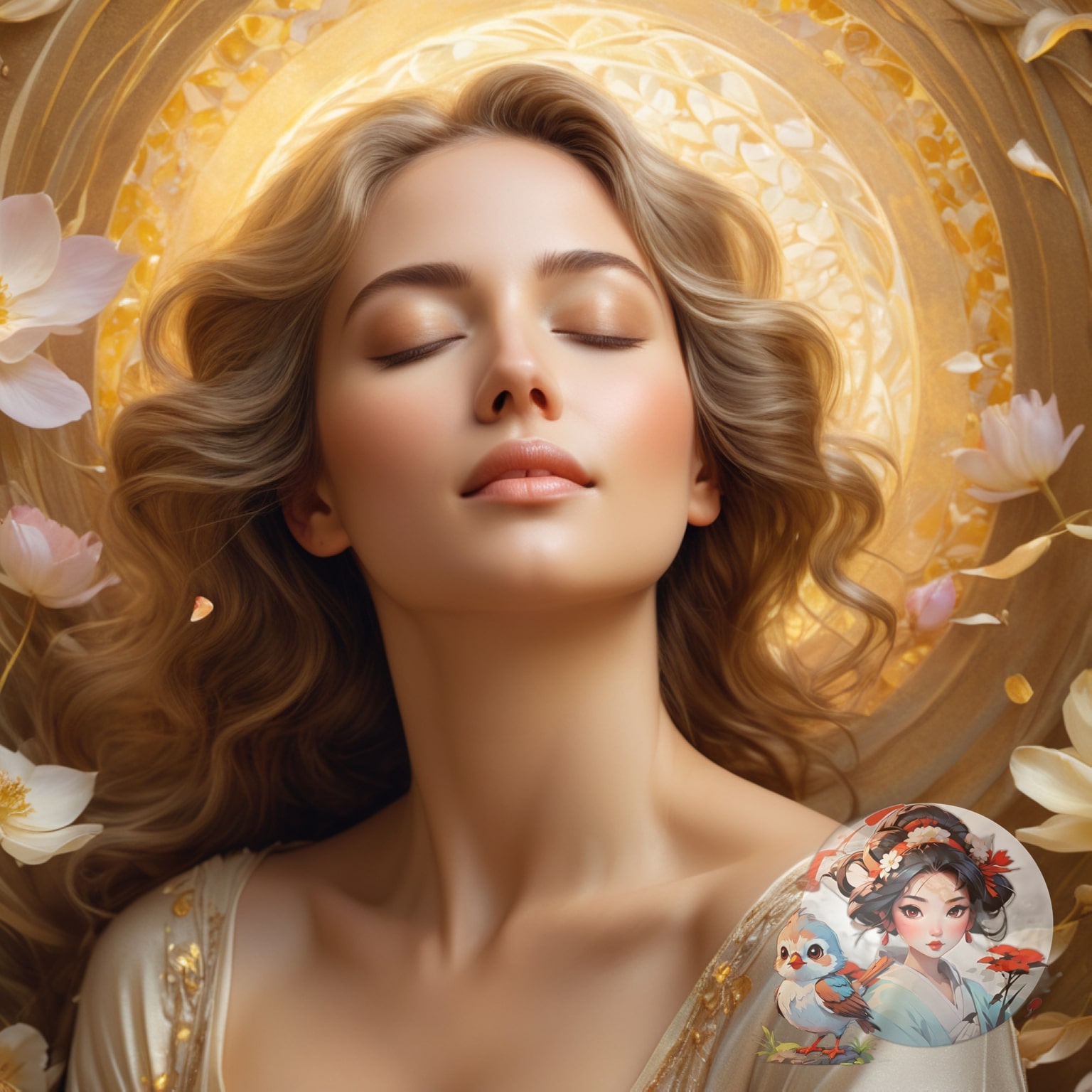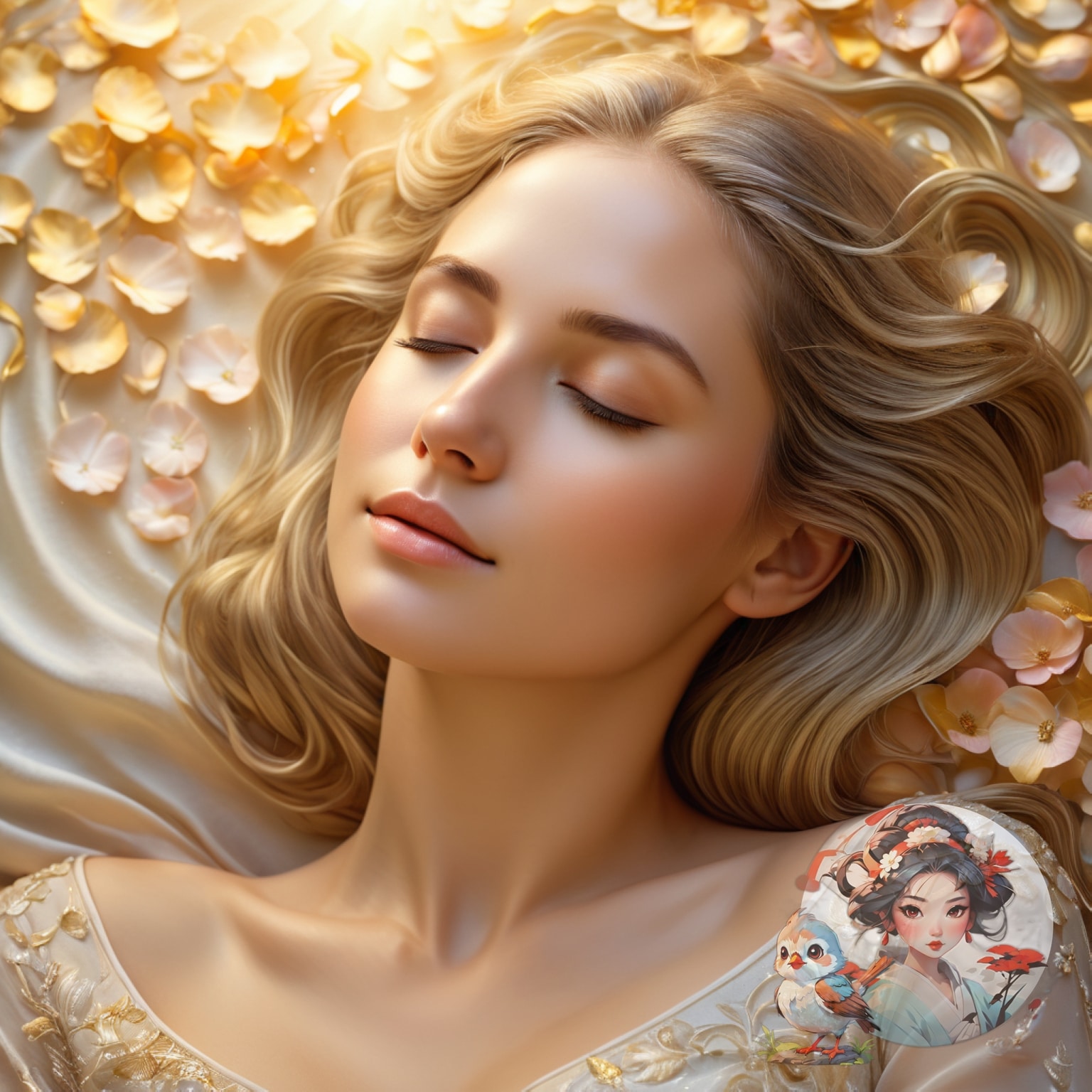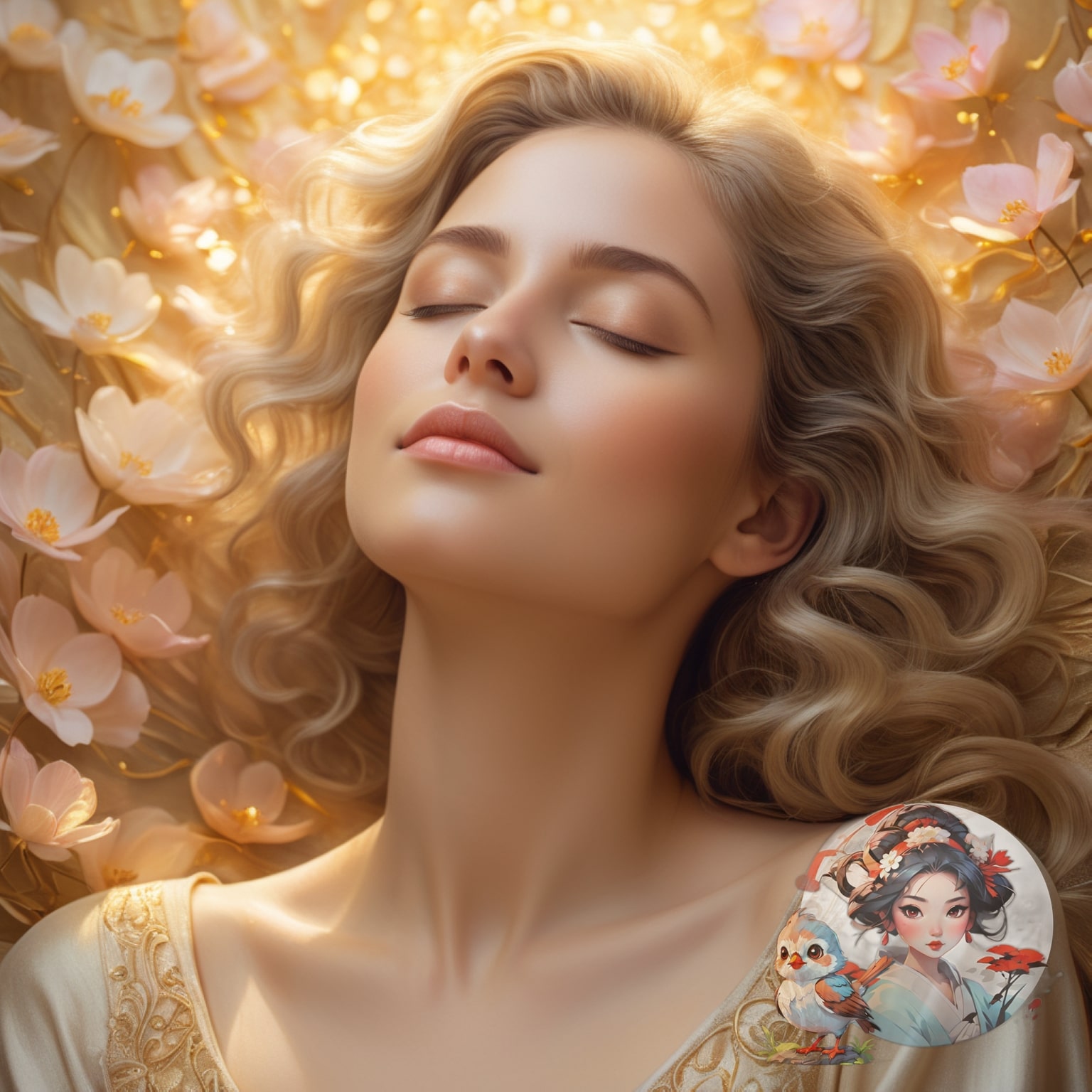The delicate dance between beauty and pleasure has long fascinated scientists in a variety of disciplines. When we delve into the world of aesthetics, we find that the pleasure we derive from beauty is not necessarily tied to the length of time we spend looking at it. This discovery raises intriguing questions about the cognitive processes involved.
In traditional Japanese beauty, we know that individual preferences, cultural norms and contextual factors all work together to shape our appreciation of beauty. For example, the subtle nuances of a perfectly crafted kimono or the delicate balance of a traditional tea ceremony can evoke a profound sense of pleasure. This appreciation is deeply rooted in cultural context, but it also speaks to something universal and timeless.
As I reflect on the intricacies of beauty, I am reminded of the importance of mindfulness in our aesthetic experiences. When we slow down and truly engage with the world around us, we begin to appreciate the subtle details that might otherwise go unnoticed. This in turn allows us to tap into the deeper meaning of beauty and its lasting impact on our lives. The pleasure we derive from beauty is not fleeting; it is a deep and lasting experience that can transform us in profound ways.
Table of Contents
ToggleThe way we perceive beauty is a complex and multifaceted phenomenon that has fascinated scientists from many different disciplines. I’ve dedicated myself to understanding the intricacies of traditional Japanese beauty care, and I’m excited to share my findings with you. Our perceptions of beauty are not static; they evolve and change over time, influenced by a dynamic interplay between visual aesthetics and emotional responses.
A recent study has shed light on the temporal dynamics of beauty perception, revealing the relationship between stimulus duration and aesthetic judgments. Researchers asked 21 adult observers to provide continuous pleasure ratings while viewing images of varying durations. By analysing these ratings, the study aimed to reveal how our perception of beauty evolves over time. This research has important implications for our understanding of the complex emotional responses that underlie our experience of beauty.

In traditional Japanese beauty care, we recognise the importance of creating harmony between the physical and emotional aspects of beauty. The findings of this study resonate with our approach, highlighting the need to consider the dynamic and temporal aspects of beauty perception. By exploring the ways in which our perceptions of beauty change over time, we can gain a deeper understanding of the ways in which visual aesthetics and emotional responses intersect. This knowledge, in turn, can inform the development of more effective beauty care practices that nurture both body and mind.
The experience of beauty is a complex interplay of cognitive and emotional processes. When I examine the intricate relationship between pleasure and beauty, I find that pleasure is rapidly induced, remains constant during stimulus presentation, and then diminishes over time, regardless of the duration of exposure.
My understanding of traditional Japanese beauty care leads me to believe that subjective preferences and emotional responses shape our experience of beauty. I find it remarkable that beauty ratings correlate with pleasure amplitude, while duration has minimal effect on pleasure and beauty perceptions. This suggests that aesthetic value judgments are more nuanced than first thought.
Looking deeper, the data emphasise the independence of beauty and pleasure perceptions from stimulus duration. This finding highlights the need for longer observations in aesthetic studies to capture the full experience of beauty. I believe that exploring individual variations in duration effects will reveal more about aesthetic value judgments.
In traditional Japanese beauty care, we prioritise understanding the subtleties of human experience. By studying how people respond to different stimuli, we can develop a richer understanding of what it means to experience beauty. The evidence suggests that beauty and pleasure are closely related, yet distinct aspects of the human experience.
Understanding the intricacies of human experience, particularly in the realm of aesthetic perception, is a nuanced endeavour. When examining the effects of stimulus duration, research reveals a complex relationship between exposure time and our perception of beauty. The length of time we’re exposed to a stimulus significantly influences our level of engagement.

Interestingly, pleasure and beauty ratings remain relatively stable across different durations. The onset of pleasure is rapid, peaking around 2.5 seconds after exposure. This peak then plateaus, maintaining a steady level throughout the stimulus presentation, and only begins to decline when the stimulus is removed.
This dynamic highlights the multifaceted nature of aesthetic experience, and suggests that longer observations are required to fully capture the experience of beauty. The independence of beauty and pleasure perception from stimulus duration underscores the importance of accounting for individual differences in how duration affects aesthetic judgments.
In the context of traditional Japanese beauty care, understanding these dynamics can inform our approach to treatments and rituals. For example, the duration of a tea ceremony or the lingering scent of incense can be tailored to optimise the aesthetic experience, creating a harmony between the individual’s perception and the intended beauty of the moment. By considering these factors, we can refine our appreciation and application of beauty, honoring the complexity of human experience.
The relationship between aesthetic duration and sensory engagement is a delicate one. As I reflect on the intricacies of beauty perception, I am reminded of the traditional Japanese concept of ‘mono no aware’, the sadness or melancholy of things that pass. It is in these fleeting moments that we find beauty.
Research has shown that pleasure begins rapidly and remains constant during stimulus presentation, but the effect of duration on aesthetic judgement is more nuanced. Prolonged viewing can have a positive effect on aesthetic liking, but results vary. I recall one study that measured participants’ brain activity while viewing artworks; the results suggested a minimal correlation between duration and pleasure amplitude.
To capture the full beauty experience, we need to delve deeper into the dynamics of aesthetic duration and sensory engagement. Traditional Japanese beauty practices emphasise the importance of patience and attention to detail. The art of chanoyu, sado or ocha, for example, is not just about the taste of tea, but about the experience itself – the preparation, the anticipation and the mindfulness of the moment.
Future research should focus on exploring these subtleties to illuminate the intricacies of aesthetic value judgements. By examining the intersections of time, perception and beauty, we may uncover new insights into the human experience. So I encourage you to slow down, appreciate the fleeting moments, and find beauty in the impermanence of things.
Let’s delve into the fascinating world of experimental data analysis, shall we? Our findings reveal the intricate dance between stimulus duration, pleasure amplitude and beauty judgments. We analysed a total of 389 trials, excluding 31 due to technical problems that could have distorted the results.
The data speak for themselves: pleasure ratings vary significantly depending on the type of stimulus. Self-selected beautiful images yielded the highest ratings, regardless of duration. This suggests that our perception of beauty is not solely dependent on how long we look at something. In fact, our statistical analysis shows a strong correlation between beauty ratings and pleasure amplitude (r = 0.60).

When we dug deeper, we found that stimulus duration didn’t have a significant effect on pleasure amplitude. Our analysis revealed no main effects of duration on beauty ratings (F(4, 379) = 55.75, p < 0.001). This independence of beauty and pleasure perception from stimulus duration is a crucial finding.
Let’s now consider the implications. Our research highlights the importance of understanding the complex relationships between beauty, pleasure and perception. By examining these dynamics, we can gain a deeper appreciation for the intricacies of human experience.
Beauty experience is a multifaceted concept that defies a single definition. As I delve into the intricacies of traditional Japanese beauty, I find that cultural influences play a significant role in shaping our understanding of beauty. In Japan, for example, the concept of “wabi-sabi” (acceptance of transience and imperfection) is deeply rooted in our aesthetic values, allowing us to find beauty in the imperfect and impermanent.
This perspective is reflected in our emotional responses to beauty. When we encounter something that resonates with our cultural background, it evokes a stronger emotional connection. I recall a traditional tea ceremony where the simplicity and elegance of the setting evoked a deep sense of serenity in the participants. Such experiences underscore the importance of individual preferences and cultural backgrounds in shaping our aesthetic judgements.
The complexity of beauty experiences is further highlighted by the multiple factors that contribute to them. Historical contexts, social norms and personal experiences all interact to shape our perceptions of beauty. In traditional Japanese beauty, for example, the use of natural ingredients and gentle, time-honoured techniques is deeply rooted in our cultural heritage. By understanding these intricacies, we can gain a deeper appreciation for the multifaceted nature of beauty and its significance in our lives.
To fully grasp the essence of beauty, it is essential to approach it with a nuanced perspective, acknowledging the various factors that influence our perceptions. In doing so, we can unlock the mysteries of beauty and foster a deeper understanding of its role in our lives.
Beauty research is like a serene Japanese garden – its tranquillity belies the complexity beneath. To truly grasp the intricacies of beauty perception, we need to delve into the cognitive processing that underlies aesthetic experiences. I find it fascinating to consider how our brains weave together disparate threads of information to create the tapestry of beauty.
When examining aesthetic categories, it’s important to tease apart the nuances that influence our pleasure and beauty judgments. For example, the subtle differences between wabi-sabi and yūgen, two traditional Japanese aesthetics, can reveal the intricacies of our perceptions. By examining individual differences in duration effects, we can gain a deeper understanding of the dynamic interplay between cognitive processing and aesthetic judgments.
Cognitive processing plays a crucial role in shaping our aesthetic experiences. Think of it as the gentle guidance of a skilled geisha’s hand, subtly directing our attention to the beauty that surrounds us. By exploring this relationship, we can uncover the mechanisms that underlie our appreciation of beauty. As we venture into these uncharted territories, we’ll gain a deeper understanding of the complex dynamics at play, ultimately empowering individuals to appreciate the multifaceted nature of beauty.